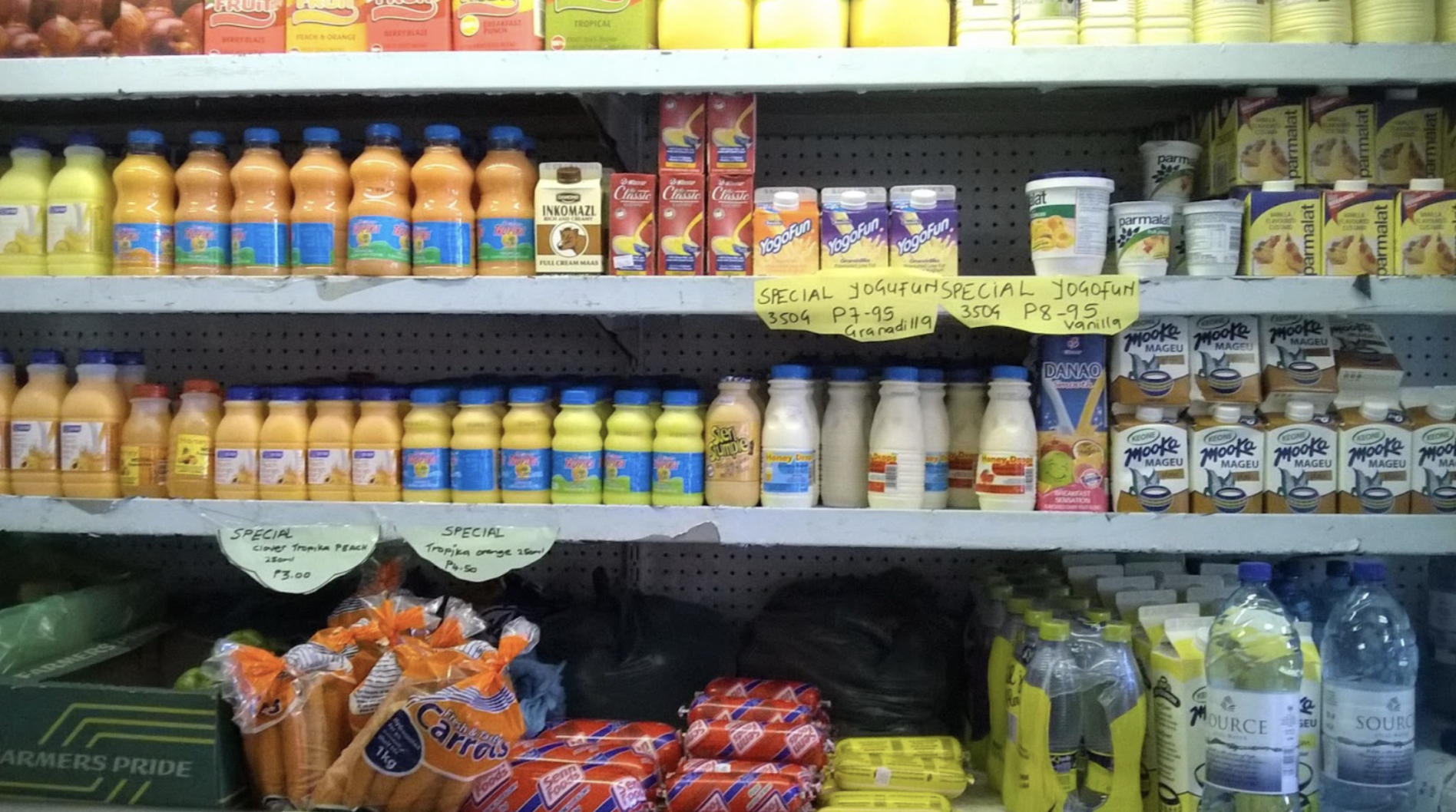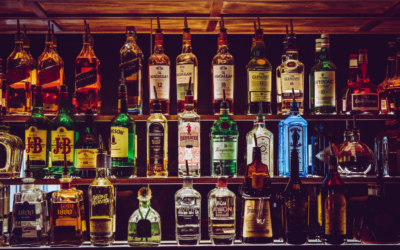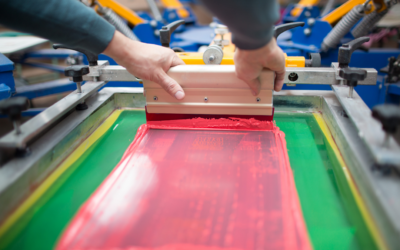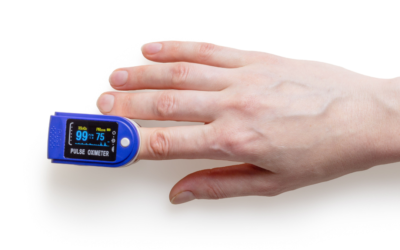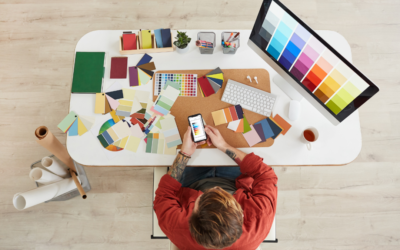In the printing industry, pad printing continues to leave an impressionable mark — literally and figuratively speaking. It’s worth emphasizing that pad printing has a distinct advantage over other types of printing. By using a silicon pad, a 2D design can be transferred onto a 3D item with ease. But when the 3D item is irregularly shaped or has a unique texture, then the job of pad printing becomes much more difficult. Whether you’re a pad-printing novice or a veteran, here are some considerations to keep in mind to make your printing job flawless.
In the course of your career, you have likely encountered a wide variety of printing jobs. Or maybe you’re in the very early stages of pad printing and relying on experimentation. Here’s a recap of the types of commonly used 3D objects in pad printing:
Sporting Goods: Many sporting goods, such as basketballs, tennis balls, baseballs, and footballs, are pad printed. Many of us have held a leather basketball in our hands, felt the fuzzy green fabric on a tennis ball, and have felt the sleek surface of a golf ball at least once in our lives. We’ve also seen logos and other designer marks on these sporting goods because they often come from well-known brands.
Medical Products: Cannulas, syringes, and other medical products are pad printed as well. These products come with more stringent standards and precision-printing requirements because they often contain life-saving instructions. A syringe, for example, has certain identifiable markers. Other devices carries instructions. Most medical devices are irregularly shaped and their textures can range from metal, to rubber, to plastic.
Food and Beverage Packaging: Arguably, nothing is as wide-varied as the food-and-beverage industry. Pad printing of this sort includes drinking bottle caps, thick wine bottles, plastic bottles, nd more.
Automotive: Automotive parts are pad printed, such as your speedometer, dashboard, and even the little E sign that shows your car is running low on gas. The textured surfaces of these parts can range from plastic to high-quality leather.
Decorative, Functional, and Identification Uses

The products of pad printing are so ubiquitous that the average person is likely to encounter a pad printed item multiple times throughout the day — they are nearly everywhere! People may admire the pad-printed design, but most individuals aren’t usually concerned about how the design got there. For the pad-printing professional, however, a successful job starts with being able to identify the object’s purpose. Depending on the 3D item, your printing job falls under one of the following categories: 1) decorative, 2) functional, or 3) identification.
Decorative: Some pad-printing jobs have a decorative purpose such as the logos and designs that you find on many household goods and cosmetics; their designs communicate a brand’s identity and their purpose is to stand out from the rest. These types of printing jobs may feature bold colors and illustration. Some designs even visually communicate what gender the product is meant for. For pad-printing jobs that serve a decorative purpose, you’ll probably want to consider effects such as opacity, the level of gloss, and whether or not you’d like the overall appearance to have a sheen or a matte look.
Functional: Other printing jobs have a functional purpose and they can include a set of instructions on how the item is to be used. For example, a blender may have markings on the cup to show the maximum amount of liquid that it’s allowed to hold. These types of printing jobs are crucial for another reason; without these instructions, the item could break, fail, or be misused. Because the print of these instructions is often tiny and intricate, the words and images need to be clear and legible so that they are not misinterpreted.
Identification: Many items are pad printed for identification purposes — meaning they are mainly there to label the item. The back cover of a laptop, for example, typically has a serial number. The serial number is there to mark the year, model, brand, and type of the laptop.
Adhesion to Complex Substrates

The primary consideration that pad-printing professionals should have when printing on textured surfaces is adhesion to the substrate. One of the misconceptions pad printing professionals can have is that there is a universal ink that works well for all types of substrates. In practice, however, the ability for an ink to adhere to the substrate depends significantly on the type of ink that is being used.
A given type of ink may work well for a leather basketball, but if that same ink was applied to a wine bottle, the ink may not adhere to the material, or it may peel off in a matter of weeks or months.
It’s also important to keep in mind that some pad-printed products are designed for light use while others are heavy-duty when it comes to usage. A laundry detergent bottle normally doesn’t see the light of day (literally speaking), but a basketball, on the other hand, experiences significant wear and tear. Regardless of use, a customer expects a design or logo to stay there.
Pad-printing professionals need to take in special considerations for objects that are designed to have a longer lifespans, have instructional purposes, and have the possibility of going through extensive wear and tear. The ink needs to stay there throughout the years.
Because Marabu carries inks that are specialized specifically to a given substrate, we can guarantee that the ink will last for years on your product. We even offer substrate testing. Send your sample to us, and, through experimentation, we’ll see which ink is best for your textured surface.
The Importance of Color Consistency

In most cases, color discrepancy can occur when the colors of a printed logo, design, and text do not match the colors that you see on a computer screen. The discrepancy in colors between what is seen via a computer monitor and what you actually see on the item can range by quite a lot when it comes to textured substrates.
Textured substrates usually come with their own colors. A leather basketball has a brown hue, a tennis ball is green. The way the colors of the ink merge and blend upon these colored, textured surfaces can cause a black code to look gray, red to look orange, and so forth.
Colors are a way that we can tell a story with a product. Certain colors evoke a sense of calm and peace while other colors evoke a sense of urgency. Some colors appear down to earth while others amplify a sense of professionalism. Getting the ambiance of the product just right depends a lot on color.
To get the colors just right, the nuances of color variations need to be taken into consideration. If you need help in color profiling, we can assist you with high-precision color matching.
Pad-printing jobs can be complex and nuanced as it is, but when textured surfaces are brought into the picture, then getting the ink to stick or look just right on that given substrate can be even more challenging. Thankfully, we carry pad printing inks that are specifically designed for a wide variety of substrates. Whether you’re pad printing on medical devices, sporting goods, automotive parts, or any other category, we’ve got your printing job covered. Have any more questions about printing on substrates? Feel free to reach out to your printing pros at Marabu.
